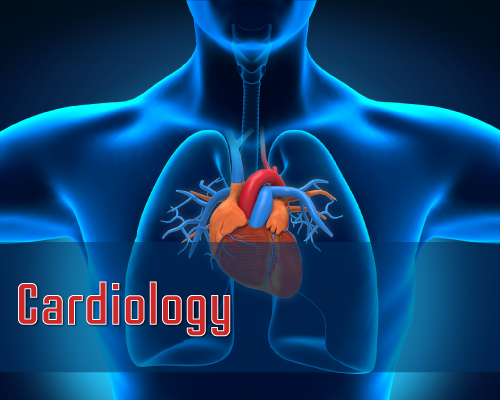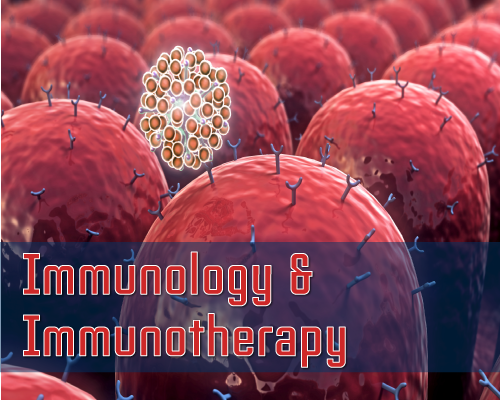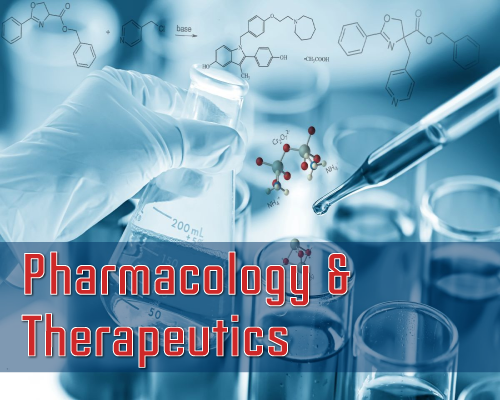Volume 1 Issue 1
Manjunath S. Shet*
Oxycodone is a semi-synthetic opioid analgesic used in the management of postoperative pain and chronic cancer pain. It is extensively metabolized by the liver to noroxycodone, oxymorphone and noroxymorphone via N-demethylation and/ or O-demethylation reactions. In adults, CYP3A4 and CYP2D6 are the major CYP-isoforms responsible for the formation of noroxycodone, oxymorphone and noroxymorphone. The present study was undertaken to study the oxidative and conjugative metabolism of oxycodone in a pediatric population using both liver microsomes and hepatocytes. Liver microsomes from various pediatric populations catalyzed the formation of noroxycodone as the major in vitro metabolite of oxycodone followed by oxymorphone and noroxymorphone. The Km and Vmax values for noroxycodone formation in the liver microsomes tested from individual pediatric donors ranged between 19.9 ± 8.22 - 395.6 ± 114.5 μM and 104.2 ± 10.32 - 2529 ± 203.9 pmol/ min/ mg, respectively. The corresponding values for the pooled adult human liver microsomes were 133.1 ± 33.84 μM and 1821 ± 160.4 pmol/min/mg, respectively, and within the pediatric range. The Km and Vmax values for oxymorphone formation in the liver microsomes tested from individual pediatric donors ranged between 3.83 ± 1.54 to 230.2 μM and 18.6 ± 2.96 to 132.5 ± 26.0 pmol/ min/ mg, respectively, respectively. The corresponding values for the pooled adult human liver microsomes were 107.0 ± 70.8 μM and 83.7 ± 28.4 pmol/ min/ mg, respectively, and within the pediatric range. These results indicate that liver plays a major role in the oxidative metabolism of oxycodone in pediatrics. CYP3A-isoforms appear to play a major role in the metabolic clearance of oxycodone in all age groups. A considerable variation was seen in in vitro intrinsic clearance (Vmax/ Km) values in pediatrics which, may be due to the expression of elevated levels of drug metabolizing enzymes responsible for oxycodone metabolism. A significant inter-individual variability in the formation of relative amounts of oxycodone metabolites was observed in microsomes from different age groups of pediatrics. However, no pediatric age group-specific qualitative differences in oxycodone metabolites were observed. In the clinic, the dose of oxycodone must be personalized individually depending on their age.
Cite this Article: Manjunath SS. Evaluation of In-Vitro Metabolism of Oxycodone in Pediatric Population. Int J Drug Metab Toxicol. 2017;1(1): 010-017.
Published: 30 June 2017
Research Article: Studies on Hexachlorobenzene (HCB) Induced Toxicity and Oxidative Damage in the Kidney and Other Rat Tissues
Sheeba Khan, Shubha Priyamvada, Sara A. Khan, Wasim Khan and ANK. Yusufi*
Hexachlorobenzene (HCB), one of the most environmental pollutants induces porphyria and causes toxic effects in the intestine, liver, kidney, skin and brain both in humans and experimental animals. The present study examined the effect of HCB on the enzymes of carbohydrate metabolism, Brush Border Membrane (BBM), lysosomes and oxidative stress to understand the mechanism of HCB induced toxicity in various rat tissues. Male Wister rats were given HCB (15mg/ kg) in corn oil orally by gavages for 25 d. Blood and tissues were collected and analyzed for various biochemical and enzymatic parameters. HCB administration significantly increased blood urea nitrogen, serum creatinine, cholesterol and phospholipids indicating HCB induced nephrotoxicity and hepatotoxicity. The activity of BBM enzymes significantly decreased in the renal cortex and medulla, liver and brain but increased in the intestine. The activity of lactate dehydrogenase (LDH) decreased but that of Malate Dehydrogenase (MDH) increased in the renal tissues and liver. In contrast, LDH increased whereas MDH decreased in the intestine and brain. HCB significantly decreased the activity of glucose - 6 - phosphatase and fructose -1, 6 - bisphosphatase but increased glucose - 6 - phosphate dehydrogenase in all the tissues. NADP - malic enzyme decreased in the kidney and brain whereas increased in the liver and intestine. The activity of acid phosphatase significantly decreased in the cortex, medulla, intestine and brain but increased in the liver. We conclude that HCB administration caused severe damage to the kidney, liver, intestine and brain albeit differentially and altered energy metabolism by inducing oxidative stress.
Cite this Article: Khan S, Priyamvada S, Khan SA, Khan W, Yusufi ANK. Studies on Hexachlorobenzene (HCB) Induced Toxicity and Oxidative Damage in the Kidney and Other Rat Tissues. Int J Drug Metab Toxicol. 2017;1(1): 001-009.
Published: 30 June 2017
Authors submit all Proposals and manuscripts via Electronic Form!




























